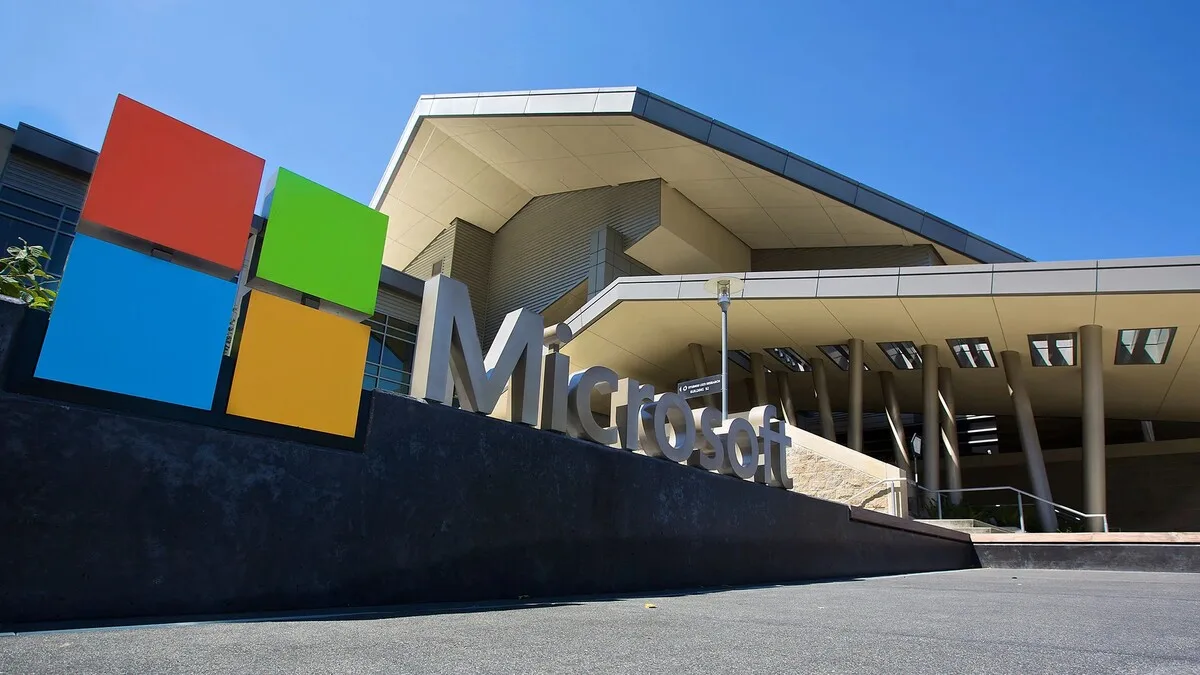Microsoft just dropped its latest quarterly earnings report, and the message is resounding: the tech giant is firing on all cylinders. While the headlines will rightfully focus on the continued dominance of its Azure cloud platform, the real story for many is the explosive growth in its gaming division, signaling that the company’s massive bets are beginning to yield spectacular results.
This wasn’t just a good quarter; it was a statement quarter. It showcases a company successfully running two powerful, parallel engines: a dominant enterprise cloud business and a rapidly expanding consumer entertainment empire. Let’s break down the performance of each segment.
The Redmond tech giant reported it made $76.4 billion in revenue and a net income of $27.2 billion during Q4. Revenue is up 18 percent, and net income has increased by 24 percent.
Our main interest here is Microsoft Gaming and Xbox and Gaming revenue was up an incredible 55% year-over-year.
For the first time, we are seeing the full, unadulterated impact of the Activision Blizzard King (ABK) acquisition on Microsoft’s bottom line, and it is monumental. Let’s look closer at the numbers within gaming:
- Xbox Content & Services Revenue: This is the most crucial metric, and it skyrocketed, growing by 65%. This category includes Game Pass subscriptions, first-party game sales (from Bethesda, Xbox Game Studios, and now ABK), and third-party royalties. The inclusion of titles like Call of Duty, Diablo IV, and the massive mobile revenue from King’s Candy Crush Saga has fundamentally transformed this business. It proves the strategy is working: it’s not about selling consoles; it’s about selling content and services.
- Xbox Hardware Revenue: Hardware sales were actually down 7%. While this might seem negative, it’s expected and largely irrelevant to the broader strategy. We are deep in the Xbox Series X|S console lifecycle, and without major promotions or new models, sales naturally taper. Microsoft is happy to trade a slight dip in low-margin hardware for an explosion in high-margin software and subscriptions.
Evidently, Microsoft is no longer just a console manufacturer; it is a multi-platform gaming publisher and subscription service on par with giants like Tencent. The acquisition of ABK gives them an unparalleled portfolio of intellectual property (IP) spanning PC, console, and mobile. The goal is clear: leverage this vast library to make Xbox Game Pass an indispensable subscription for gamers everywhere, regardless of the screen they play on.
The financial results from this quarter are the first concrete proof that this colossal $69 billion gamble is paying off.
The Cloud King Continues Its Reign: Intelligent Cloud
No discussion of Microsoft’s success can begin anywhere but the cloud. The Intelligent Cloud segment, which includes Azure, Server products, and enterprise services, remains the company’s primary growth and profit driver.
- Segment Revenue: $28.5 Billion, up 22% year-over-year.
- Azure and other cloud services revenue growth: Up a staggering 31%.
Once again, Azure’s performance has exceeded expectations. This consistent, high-growth trajectory is fueled by the relentless migration of businesses to the cloud and, increasingly, the gold rush in Artificial Intelligence. Microsoft’s strategic partnership with OpenAI and the deep integration of AI services and copilots into the Azure platform are proving to be powerful differentiators. Companies aren’t just renting servers anymore; they are building their next-generation AI-powered applications on Azure, leading to higher consumption and bigger contracts.
Microsoft’s cloud business is a well-oiled machine, showing no signs of slowing down. It’s the financial bedrock that allows the company to make bold, long-term investments elsewhere—like in gaming.
The Steady Pulse: Productivity and Business Processes
This segment, home to the iconic Office suite, LinkedIn, and Dynamics 365, is the model of consistency. It delivered another quarter of solid, reliable growth.
- Segment Revenue: $21.2 Billion, up 13% year-over-year.
The key drivers here are the continued corporate adoption of Microsoft 365 E5 (the premium tier with advanced security and analytics) and the steady growth of Dynamics 365, Microsoft’s ERP/CRM solution. LinkedIn also continues to perform well, benefiting from a resilient job market and increased ad spending. The introduction of “Copilot” AI assistants across the Office suite is just beginning to contribute to revenue but represents a massive future up-sell opportunity.
This segment is Microsoft’s reliable workhorse. While not as explosive as Azure, its predictable, high-margin revenue provides stability and funds innovation across the company.
And Finally, Computing!
This diverse segment contains Windows, Surface devices, Search advertising, and—the star of today’s report—Gaming. This is where the narrative gets truly exciting.
- Segment Revenue: $19.8 Billion, up a massive 25% year-over-year.
Let’s dissect this segment, because the story isn’t uniform.
Windows and Devices: A Welcome Rebound
Windows OEM revenue saw a healthy increase, suggesting the post-pandemic slump in the PC market is officially over and a refresh cycle may be underway. This is a positive sign for the entire PC ecosystem. Surface revenue was largely flat, which is not surprising given the maturity of the product line and the lack of a major new launch in the quarter.
